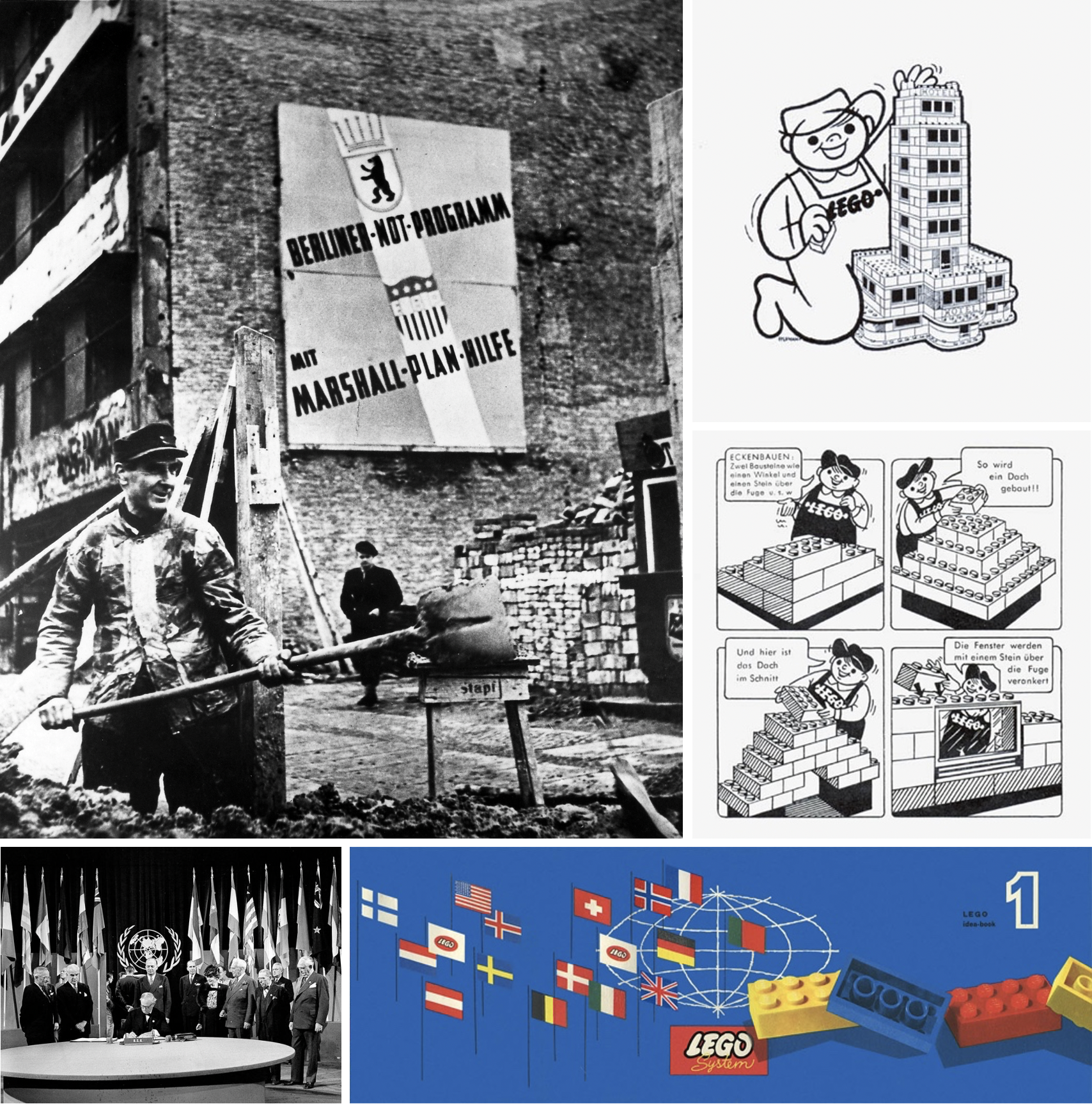Marketing Case File (Marketing)
Reconstruction set

Images provided by the author
The CASE FILE series — to which SEMIOVOX has invited our semiotician colleagues from around the world to contribute — shares stories of things we were amazed and amused to learn, whether or not they proved useful to the client.
I grew up playing with LEGO during what is often called its ‘golden age’ (the 1980s and ’90s), when sets encouraged us to create fantasy worlds around the broad tropes of knights, pirates, or spacemen. The type of play that it prompted was imaginative, open-ended, world-building, with the identically smiling faces of yellow minifigs providing a blank canvas for new and idiosyncratic stories to be pieced together.
Watching the brand from an increasing distance as the years passed, I saw it change and seem to become more structured, more rigid, even if the toy itself remained the same. As more and more external properties were adopted into the portfolio, the play it offered seemed to be increasingly recreative rather than creative: about retelling stories which had already been told elsewhere. Kids these days, I murmured to myself beneath my greying hair, thinking that only my generation knew the true creative meaning of these bricks.
As part of a project on toys and play, I had the chance to look deeply at how toy brands had evolved over the years, with LEGO among them. While we’re all familiar with the residual / dominant / emergent framework to help understand cultural and category change, I will often extend this to cover decades instead of just recent years. If the RDE framework is commonly used to emphasise what is new and cutting-edge, I think there is often as much to be learnt from what lies in the deep history of a brand or category. On occasion, I will add an additional ‘foundational’ stage to the framework, to understand the meaning of a product at the specific time and place of its creation.
Doing this with LEGO made me realise that my understanding of the toy’s creative power was mistaken. Developed from 1947 in Denmark, it is born into a post-WW2 Europe that lies in ruins and needs to be rebuilt — but along radically different lines, to avoid the horrors of the two world wars being repeated yet again. The UN, NATO, the idea of European union, national health services, the Universal Declaration of Human Rights, all aim to reshape European society after the war. Modernist architects such as Le Corbusier step up to give this new society its built form. And LEGO, in contrast to the toy soldiers, trains and dolls that are its competitors at the time, provides a new and similarly radical tool for children and adults to rehearse the reconstruction of a shattered Europe.
If I had thought that the creativity nurtured by the brand was an imaginative, constructive one, I had missed the deeper historical reality that this was at its root an act of radical, essential creation in the face of widespread destruction. Only by going back to the historical foundations of the brand did this perspective reveal itself — and hint at what potential could lie in the brand’s future evolution.
CASE FILE: Sónia Marques (Portugal) on BIRTHDAY CAKE | Malcolm Evans (Wales) on PET FOOD | Charles Leech (Canada) on HAGIOGRAPHY | Becks Collins (England) on LUXURY WATER | Alfredo Troncoso (Mexico) on LESS IS MORE | Stefania Gogna (Italy) on POST-ANGEL | Mariane Cara (Brazil) on MOTHER-PACKS | Whitney Dunlap-Fowler (USA) on WHERE THE BOYS ARE | Antje Weißenborn (Germany) on KITSCH | Chirag Mediratta (India) on “I WATCH, THEREFORE I AM” | Eugene Gorny (Thailand) on UNDEAD LUXURY | Adelina Vaca (Mexico) on CUBAN WAYS OF SEEING | Lucia Laurent-Neva (England) on DOLPHIN SQUARE | William Liu (China) on SCENT FANTASY | Clio Meurer (Brazil) on CHOCOLATE IDEOLOGY | Samuel Grange (France) on SWAZILAND CONDOMS | Serdar Paktin (Turkey/England) on KÜTUR KÜTUR | Ximena Tobi (Argentina) on SLUM PANDEMIC | Maciej Biedziński (Poland) on YOUTH LEISURE | Josh Glenn (USA) on THE AMERICAN SPIRIT | Martha Arango (Sweden) on M | Chris Arning (England) on X | Peter Glassen (Sweden) on WHEN SHABBY ISN’T CHIC | Joël Lim Du Bois (Malaysia) on RECONSTRUCTION SET | Ramona Lyons (USA) on THE FALL.
Also see these international semio series: COVID CODES | SEMIO OBJECTS | MAKING SENSE | COLOR CODEX | DECODER | CASE FILE

